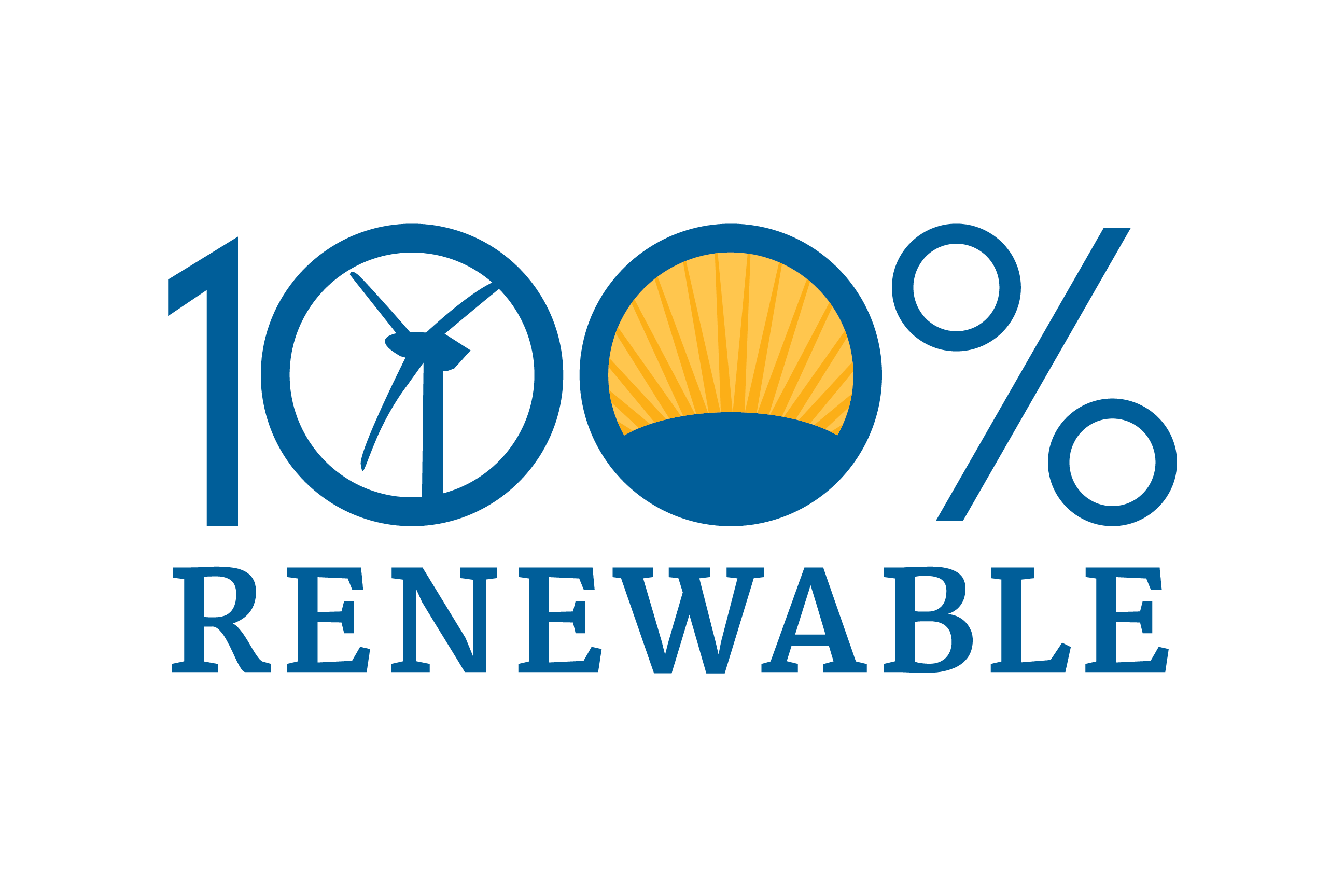Geothermal technologies can benefit colleges in different ways:
Low Operational Costs: Geothermal energy systems have lower operating and maintenance costs than some other conventional heating systems, enabling colleges to recoup the cost of installation.
Scaling: Geothermal technology may also be scaled to work in individual buildings or whole campuses.
Educational Tools: Energy dashboards have proliferated to help students and faculty monitor the performance of geothermal installations.
Colleges and universities are reducing barriers to geothermal energy:
Installation disturbance: Creating a geothermal heat network may require tearing up streets to lay down piping. Universities can often have more flexibility to handle these disruptions than other institutions. For example, Lake Land College in Illinois is taking it one building at a time, and performing major projects during the summer break or at night, to avoid affecting normal campus operation.
Innovation: Universities can research and test innovative geothermal energy applications. For example, Cornell University’s research has alleviated concerns about the ecosystem impact of heat exchanges with aquifers and lakes, based on studies of its own “lake source cooling” system.

